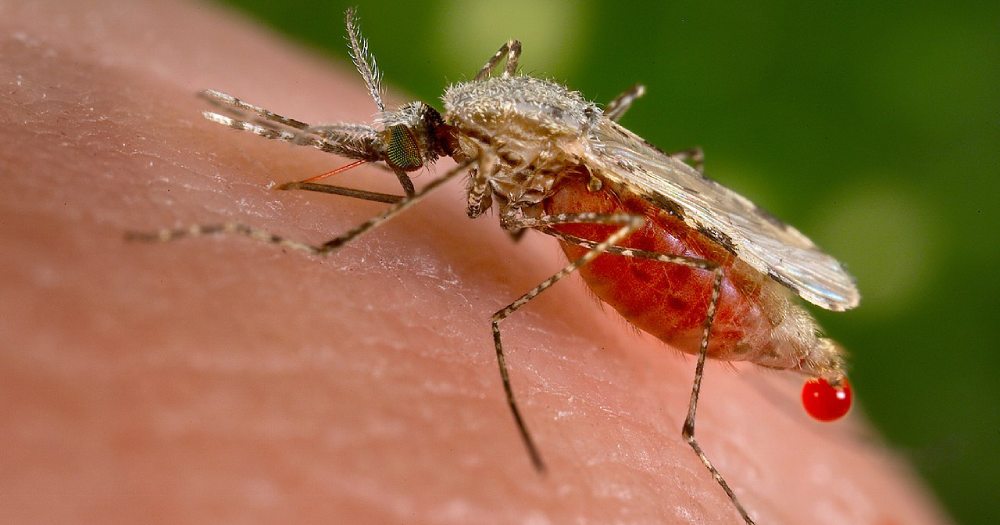AI bites back with a model to detect malaria amid Venezuelan gold rush

Once hailed as a public health success story, Venezuela is now staring down a familiar enemy: malaria. Back in 1961, the country proudly earned its malaria-free certification from the World Health Organization. But fast-forward to today, and the disease is clawing its way back — especially in Bolivar state, where gold mining has stirred up more than just precious metal. It's disturbed mosquito habitats, inviting a wave of malaria infections among miners.
But now, a fresh-faced team of researchers, powered by AI and a hefty dose of ingenuity, is fighting back. "At some point in Venezuela, malaria was almost eradicated," said 25-year-old Diego Ramos-Briceño, one of the researchers leading the charge. "I believe it was around 135,000 cases last year." That's a steep price to pay for gold.
How does it work?
- The team developed a convolutional neural network (CNN) that can spot malaria parasites in thick blood smears with 99.51% accuracy.
- They used nearly 6,000 microscope images from Bangladesh's Chittagong Medical College Hospital and turned them into a whopping 190,000 labeled samples using data augmentation and segmentation.
- The AI was trained to recognize the distinct shapes of Plasmodium falciparum and Plasmodium vivax — the culprits behind most malaria cases.
"What we wanted for the neural network to learn is the morphology of the parasite," Ramos-Briceño explained. "From all that data, we ended up having almost 190,000 images for model training."
They didn't have a fancy lab setup — just a consumer-grade RTX 3060 GPU borrowed from a local computer science teacher. With PyTorch Lightning and NVIDIA's CUDA, they cranked through model training fast and efficiently. In real-time testing, the AI can analyze a blood sample and flag malaria in just seconds.
Why does it matter?
Microscopy — the traditional method for malaria detection — demands skill, time, and access to labs. Most rural clinics in Venezuela don't have those luxuries. This AI model? It levels the playing field.
- Quick diagnosis means faster treatment.
- No need for a specialist to be on site.
- Clinics can customize the model using their own data, making it more accurate for their specific settings.
"For communities that are far away from the urban setting, where there's more access to resources," Ramos-Briceño said, "this could be a way to approach the malaria problem."
The context
Venezuela's gold rush is no fairy tale. Deforestation and murky mining waters have created the perfect storm for malaria's comeback — and the miners, desperate for a living, are paying the price. Meanwhile, global malaria cases are still staggering: 263 million in 2023, with nearly 600,000 deaths, according to the WHO.
In places like Bolivar, where the nearest clinic might be a day's journey and trained microscopists are scarce, a lightweight, AI-powered diagnosis tool could be a literal lifesaver.
With just a GPU, some code, and a mountain of determination, these researchers might've just handed remote communities a lifeline. It's tech meeting humanity head-on.
💡Did you know?
You can take your DHArab experience to the next level with our Premium Membership.👉 Click here to learn more
🛠️Featured tool
 Easy-Peasy
Easy-Peasy
An all-in-one AI tool offering the ability to build no-code AI Bots, create articles & social media posts, convert text into natural speech in 40+ languages, create and edit images, generate videos, and more.
👉 Click here to learn more


